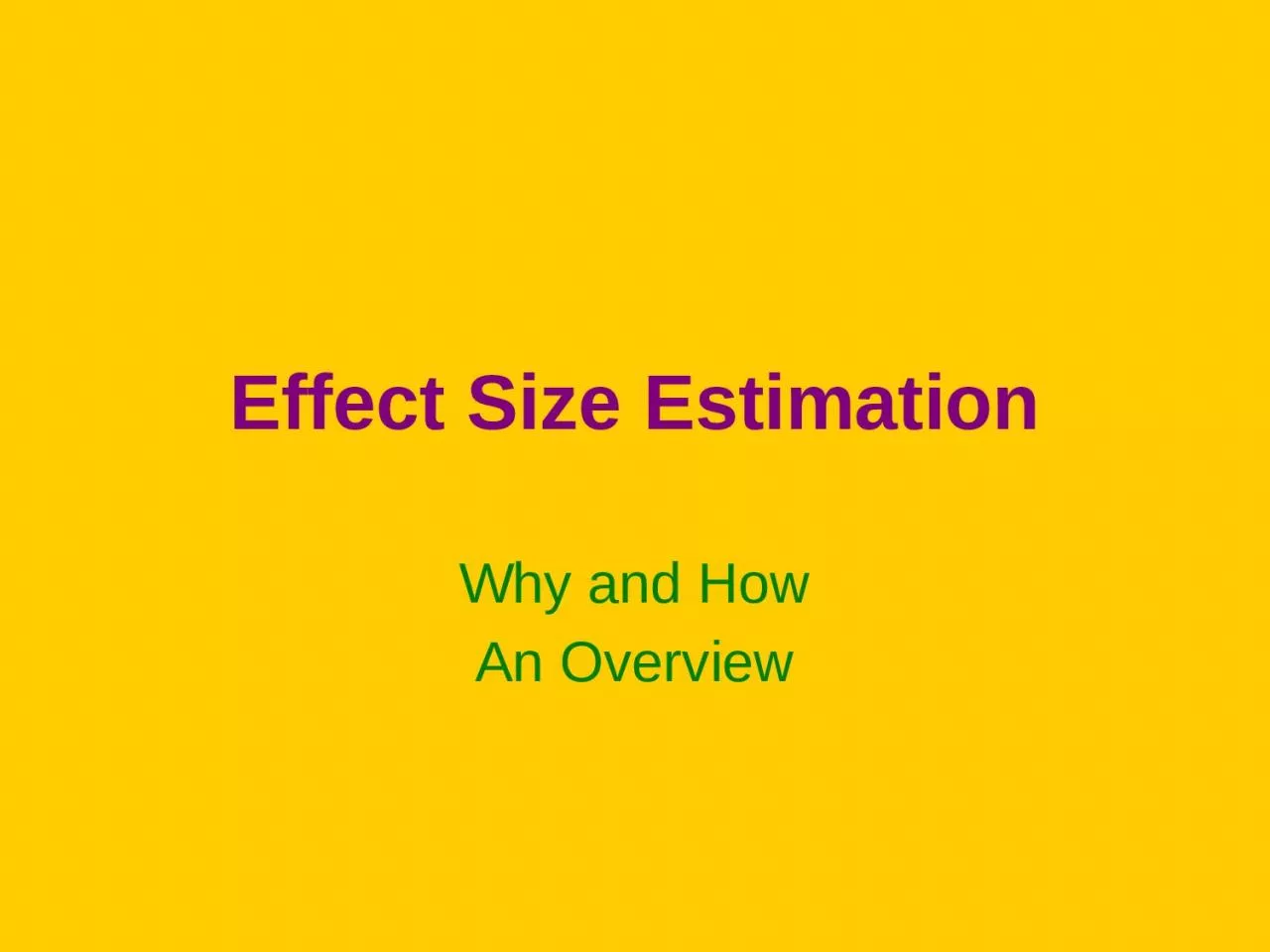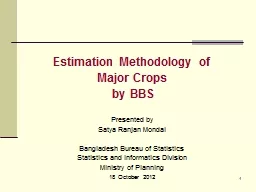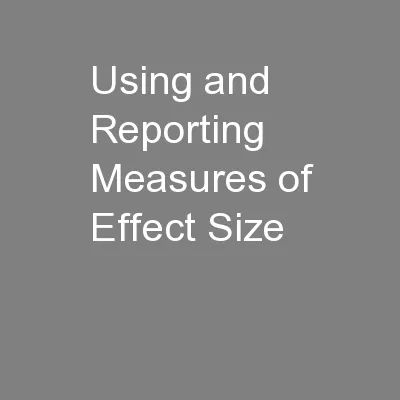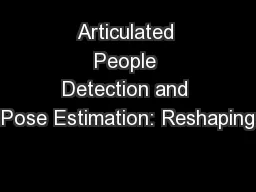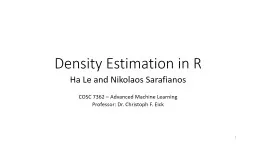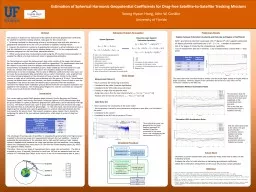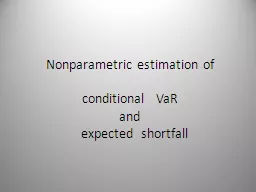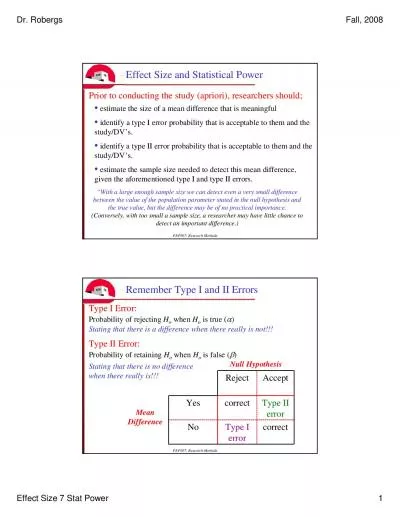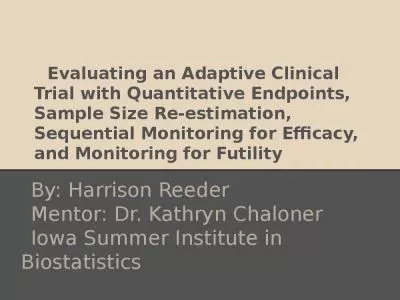PPT-Effect Size Estimation Why and How
Author : luna | Published Date : 2023-06-22
An Overview Statistical Significance Only tells you sample results unlikely were the null true Null is usually that the effect size is absolutely zero If power is
Presentation Embed Code
Download Presentation
Download Presentation The PPT/PDF document "Effect Size Estimation Why and How" is the property of its rightful owner. Permission is granted to download and print the materials on this website for personal, non-commercial use only, and to display it on your personal computer provided you do not modify the materials and that you retain all copyright notices contained in the materials. By downloading content from our website, you accept the terms of this agreement.
Effect Size Estimation Why and How: Transcript
Download Rules Of Document
"Effect Size Estimation Why and How"The content belongs to its owner. You may download and print it for personal use, without modification, and keep all copyright notices. By downloading, you agree to these terms.
Related Documents

